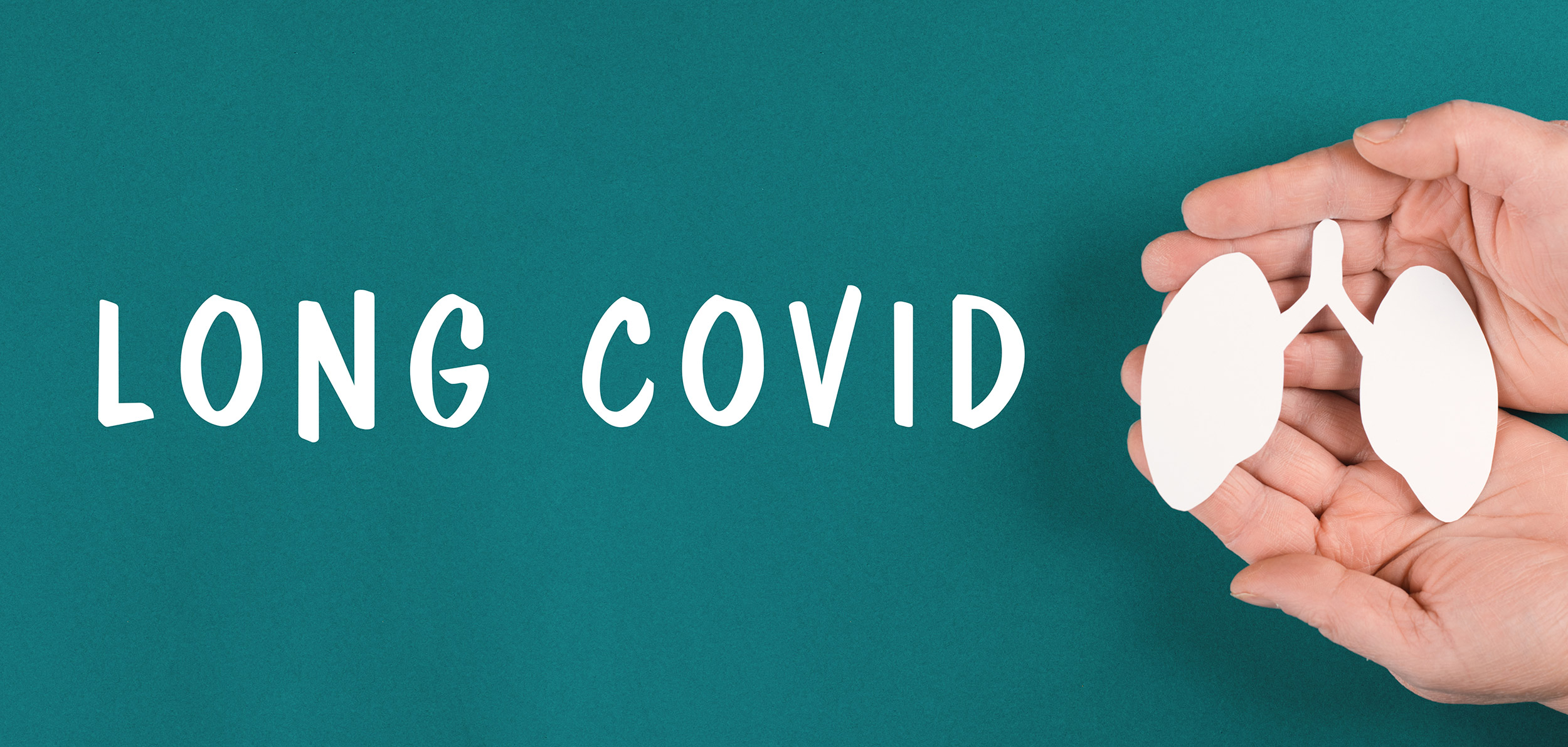
Disease of the small airways of the lungs is a potential long-term complication of COVID-19, according to new research.
The study found that the small airways disease has occurred independently of the severity of the initial infection, Healthcare Purchasing News reports.
“We need to investigate further to see whether it is transient or more permanent,” said study senior author Dr. Alejandro P. Comellas, in a Radiological Society of North America (RSNA) post
There is something occurring in the distal airways related to either inflammation or fibrosis that is giving the signal of “air trapping,” the researchers found in the study published in March 2022 in Radiology. Air trapping is found in other obstructive diseases such as asthma and chronic obstructive pulmonary disease (COPD).
The persistence of respiratory abnormalities in the timeframe studied, about 75 days after diagnosis, raises concerns for “permanent airway modelling and fibrosis following SARS-CoV-2 infection,” according to the study.
Researchers cited early reports that more than 50 percent of adult COVID-19 survivors experienced long COVID, and that nearly 30 percent of that group had symptoms that included cough and dyspnea. Those statistics held true even for patients who had suffered only mild infection.
Their study grew from the observations of University of Iowa clinicians that many patients with SARS-CoV-2 who were hospitalized or treated in an ambulatory setting later displayed signs of chronic lung disease. That included including shortness of breath and other respiratory symptoms, according to Healthcare Purchasing News.
Even as researchers try to anticipate the long-term impacts of COVID-19, the science around the novel coronavirus is still so new that much remains unknown.
“If a portion of patients continues to have small airways disease, then we need to think about the mechanisms behind it,” Comellas and his co-authors write. “It could be something related to inflammation that’s reversible, or it may be something related to a scar that is irreversible, and then we need to look at ways to prevent further progression of the disease.”


